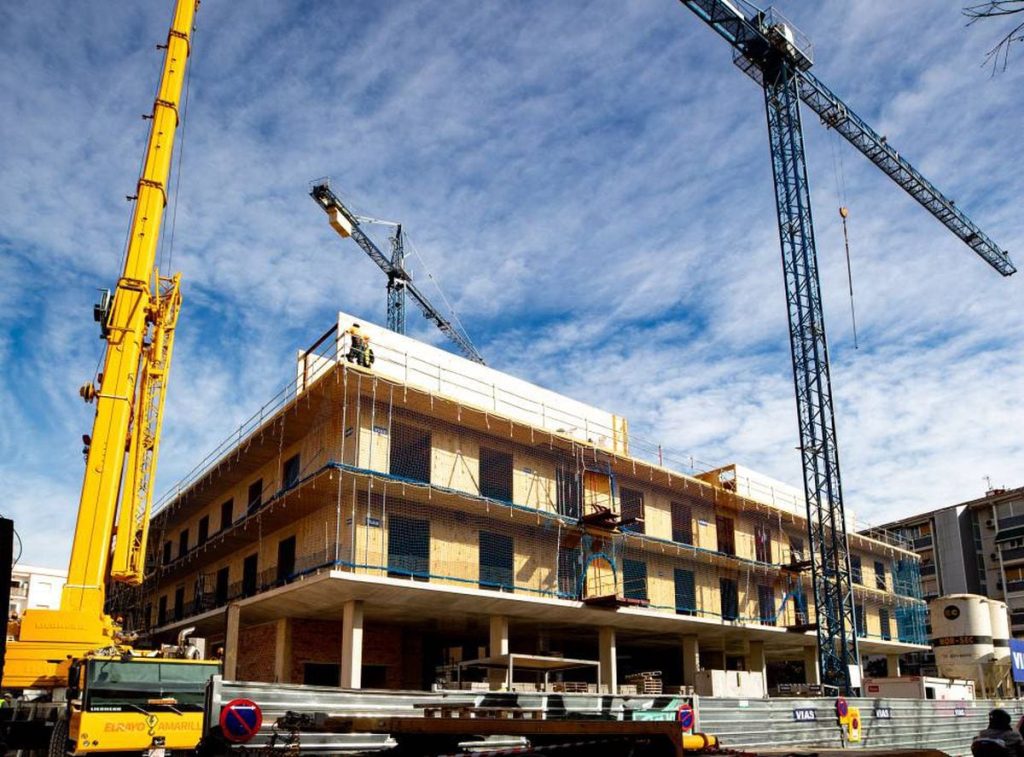The rumor spread like wildfire: the city council was going to build an entire block of social housing. It was unheard of, and some wondered if it was just a rumor or legend. However, it was confirmed in the local newspaper – it was true! Some weren’t even aware that this possibility existed. The idea of affordable housing for the poor was often associated with low ceilings and paper-thin walls. This new building would offer apartments at incredibly low rates compared to the market price, providing much-needed relief at the end of each month. For once, the poor allowed themselves to dream: a new, clean apartment where they wouldn’t be evicted. They could forget about contracts, endless searching, and being rejected due to their foreign-sounding names. They could finally stop moving every few months, escaping the nomadic city life. If they were lucky enough to receive one of these apartments, they would finally have security and could live without the constant anxiety that plagued them.
What they didn’t realize at first was that many others shared the same dream of affordable housing: single mothers, large families, long-term unemployed individuals, pensioners, elderly women living on minimal incomes, and so on. They all dove headfirst into the bureaucratic process of applications, scoring systems, and criteria. The more misfortunes one had endured, the higher their chances of winning the “prize.” It felt more like a lottery than a genuine form of social protection. Some even continued playing the lottery, realizing that their chances of winning were just as likely as obtaining a public housing unit.
The numbers for public housing in Spain are absurdly low, leading to situations where residents are forced to celebrate makeshift solutions, such as housing made from truck containers in Barcelona. Passing by one of these temporary blocks, it becomes clear that these cramped, provisional spaces, once meant for objects, now houspeople. They represent the struggles faced by many in major cities like Barcelona: small, transportable spaces for those who don’t want to be perpetual nomads in the first world.
Subscribe to continue reading_Read without limits_
In the current housing crisis, these temporary solutions are the harsh reality many must face. These makeshift homes, temporary as they are, offer some semblance of stability for those who have been left behind by the housing market. While they may not be ideal, they provide a temporary respite from the constant uncertainty and insecurity that many face every day. However, the fact that these solutions are presented as innovative and groundbreaking only underscores the severity of the housing crisis in Spain and the lack of adequate, long-term solutions.
The lottery of public housing in Spain highlights the stark realities of inequality and housing insecurity faced by many in the country. The limited availability and overwhelming demand for affordable housing reveal systemic failures in the housing sector, leaving vulnerable populations at the mercy of chance and bureaucracy. As more individuals and families struggle to find stable and affordable housing, the need for comprehensive, sustainable solutions becomes increasingly urgent. Only by addressing the root causes of the housing crisis can Spain begin to provide all of its residents with the security and stability they deserve.















